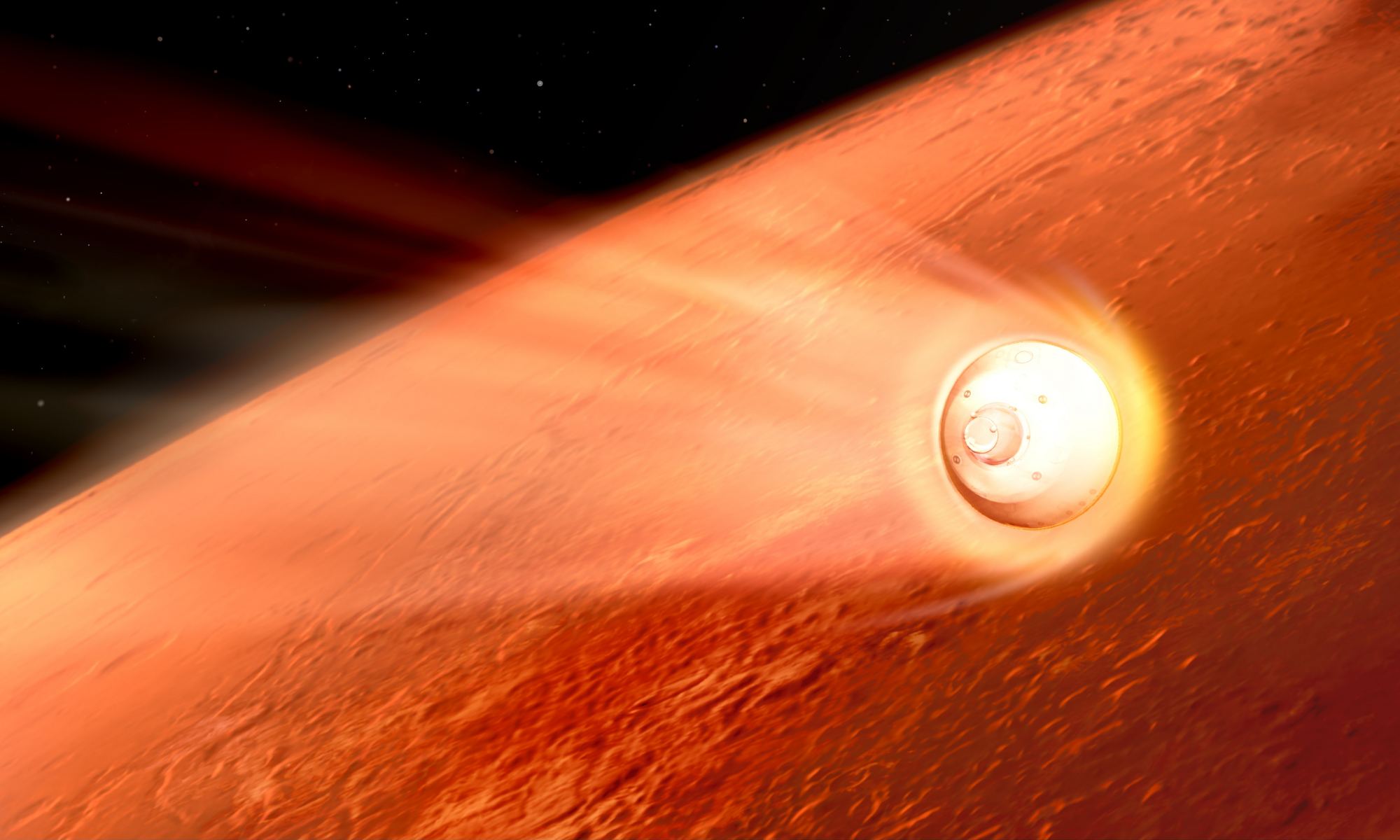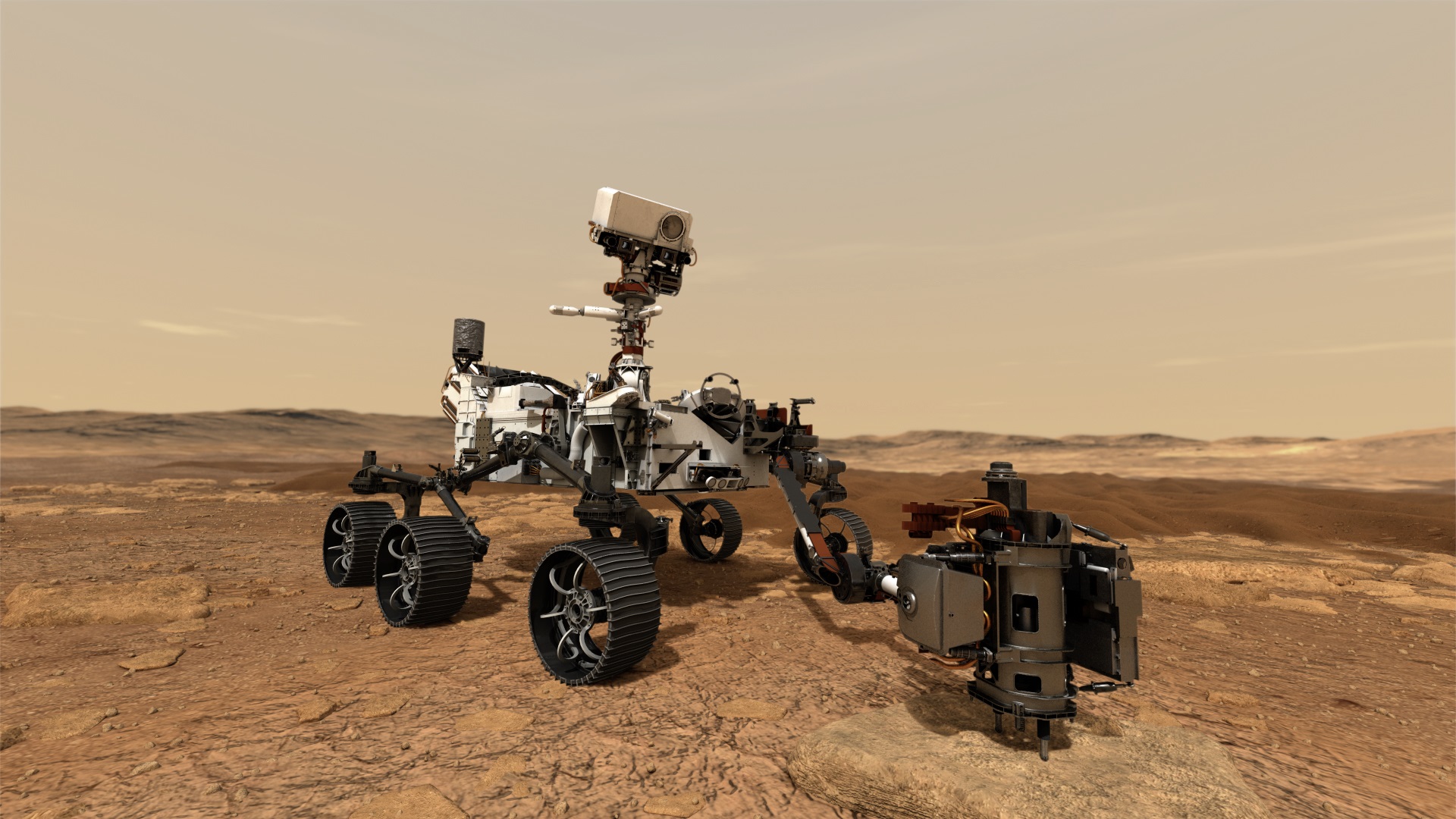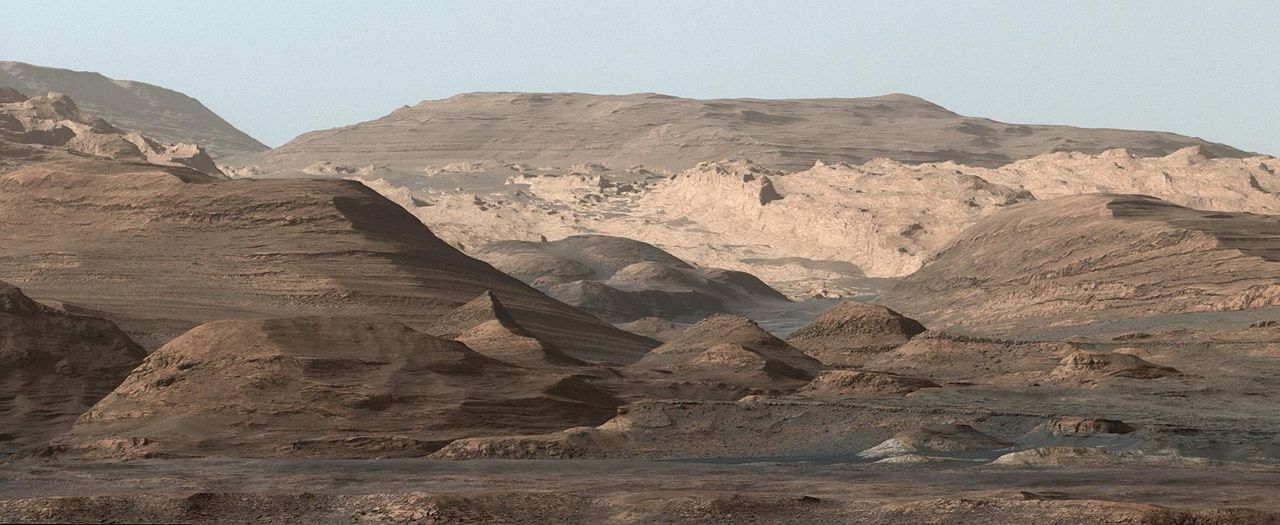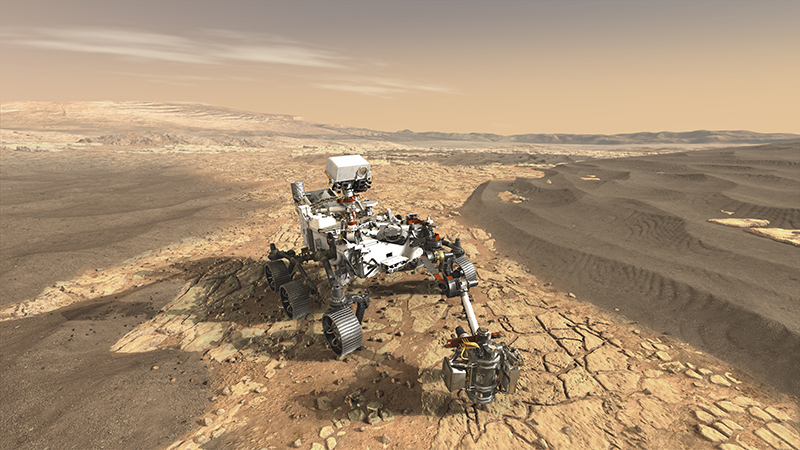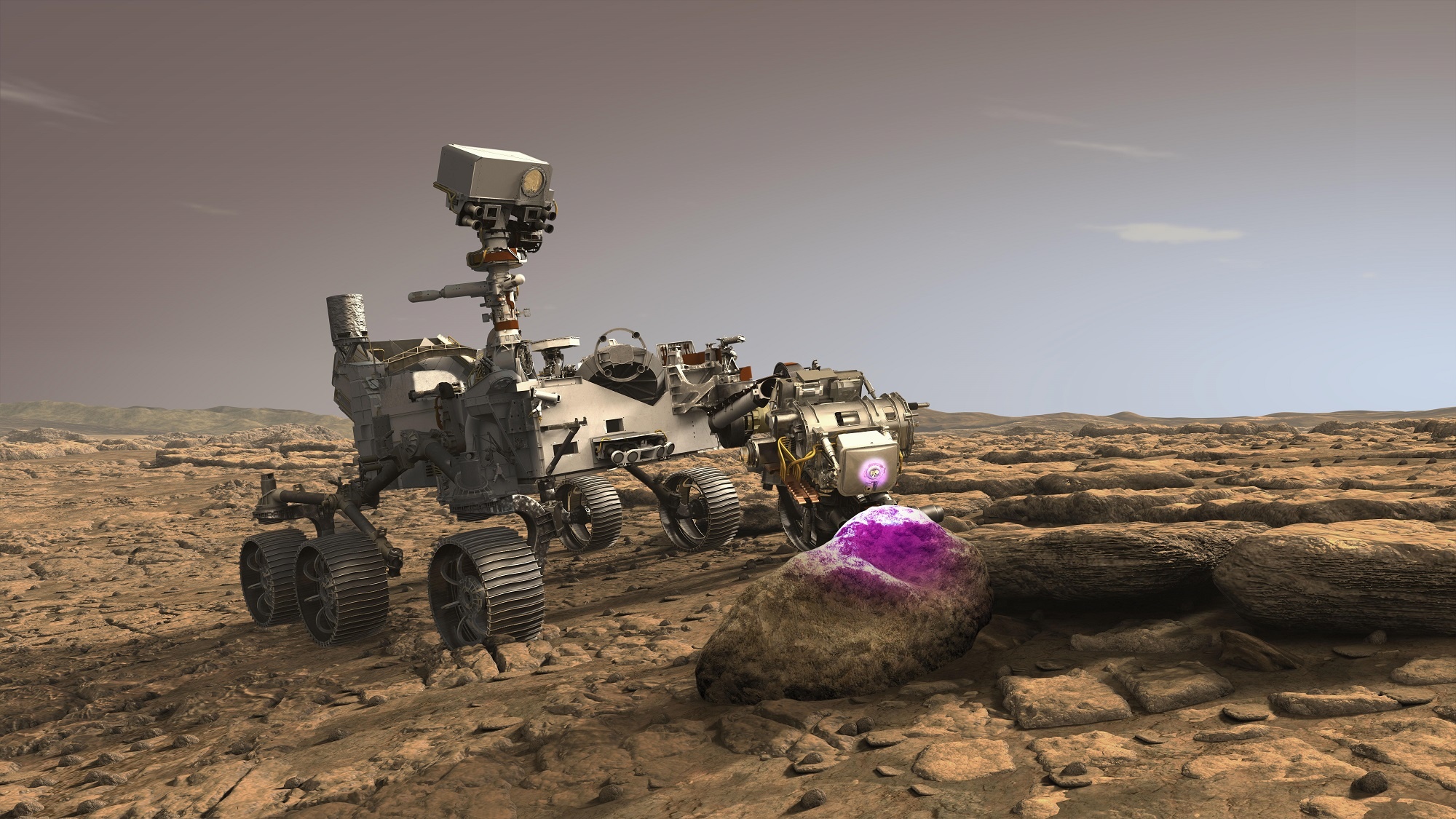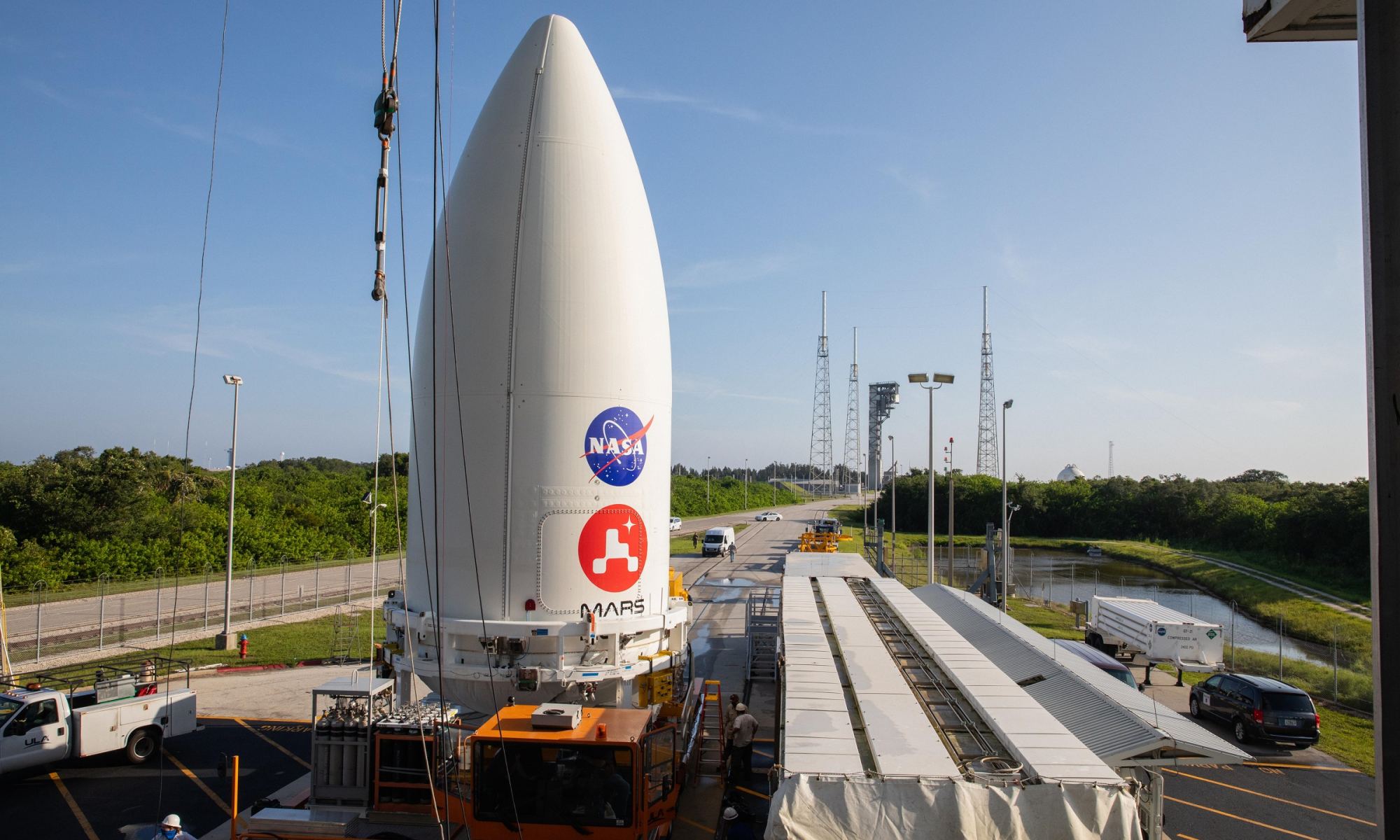Now that the UAE’s Hope spacecraft and China’sTianwen-1 have successfully reached the Red Planet, next up is NASA’s Perseverance rover, set to land on February 18th.
Ten operational spacecraft are currently in orbit or on the surface of Mars, ready to welcome the new rover. But one spacecraft in particular, the InSight lander, will be listening closely for Perseverance’s dramatic entry, descent and landing – a.k.a. the Seven Minutes of Terror.
Continue reading “InSight is Going to Try and “Hear” Perseverance Land on Mars From 3,452 km Away”
